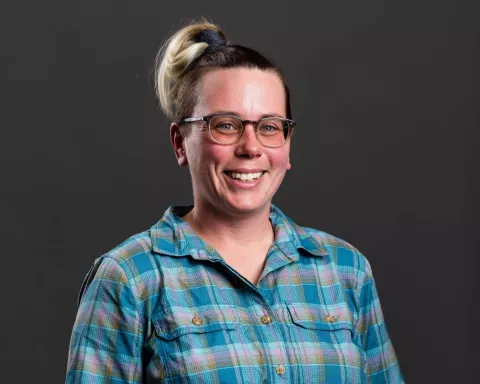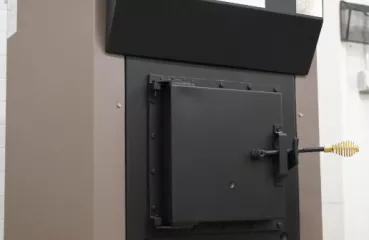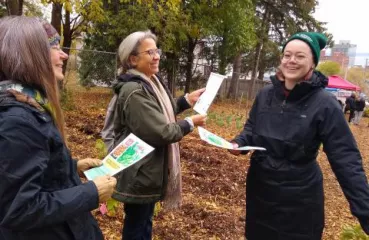Tiffany, this DOE grant also includes funds for a pretty unique internship program around STEM research activities. How do you see engagement and programming working out with rural college students in northern Minnesota?
While part of the University, meaning we are afforded the opportunity to mentor students and encourage the next generation of STEM careers, opportunities to engage college students in the research taking place at our Coleraine facility has always been a challenge due to its location. And we also know it can be challenging for college students living in northern Minnesota to have meaningful early career opportunities and gain hands-on experience in a variety of STEM fields. So we hope to play a positive role in closing that gap by providing an internship opportunity for 2-4 college students living in rural northern Minnesota and working on this project alongside scientists and technicians at our Coleraine facility. I should mention these internships will be paid, and at a competitive wage.
Part of the development of this internship program includes being very intentional in fostering the mentor-mentee relationship between our Coleraine staff and the students, providing training and continual support for both staff and students. Our goal is to provide a valuable early career experience for the interns, while also forming the foundation for a program that could continue to support interns on future NRRI projects.
This is our first time trialing such a program, so I suspect there will be many lessons learned along the way - for both the students and our researchers. We are very early in the process, so our next step is to engage faculty and departments at our local colleges to better understand the needs of their students and how our program could help to support their budding scientists. It is very important for us to listen to the needs and gaps our rural community colleges face when it comes to STEM, rather than assume we know what is best for our rural MN college students. Patience and grace are always good starting points when forming a new project, and those two words are going to be our grounding and guiding principles over the next two years as we form this internship process.
Internally, we are very focused on creating a culture of belonging for all staff and collaborators at NRRI, and that emphasis will be expanded to our interns as well through trainings, mentorship and continual feedback and evaluation of the supervisor-intern relationship.









